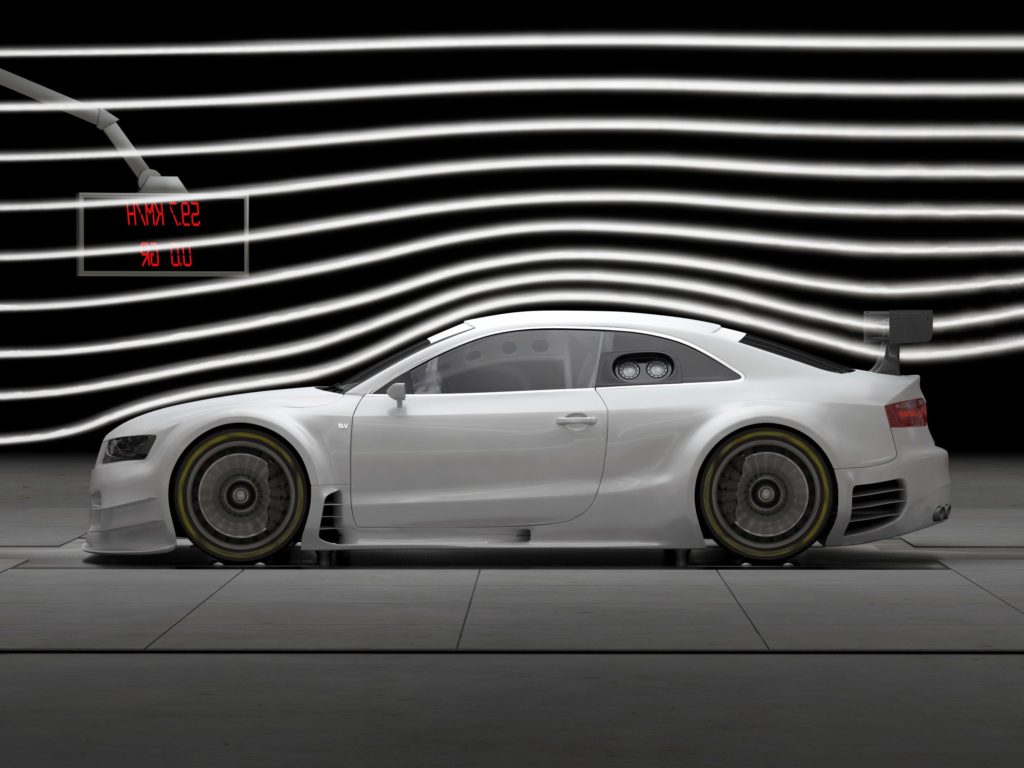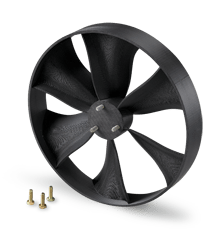Overview
In many industries, wind tunnel testing is an integral part of the product development process. This application is often used to verify and tune the aerodynamic properties of solid objects as it provides feedback and insight into the effects of air as it moves over or around the model. 3D printing offers an alternative process for producing durable, accurate wind tunnel test models as it is both less expensive and more efficient. Additionally, 3D printing can preserve small, inaccessible features that are difficult to make at scale with traditional methods.


Application
If you have a product and you need to test its functionality when it moves or is exposed to air, wind tunnel testing is an ideal functional prototyping solution. The strength of the materials allows the 3D printed parts to be tested at high wind speeds without the risk of failure. Additive manufacturing is the best fit for wind tunnel testing when you have complex or sophisticated prototypes as changes to your designs are likely to occur during the prototyping phase and you have large or bulky products.
FDM
FDM technology allows for affordability and durability by printing wind tunnel test models with production-grade thermoplastics. Soluble support structures allow manufacturers to print complex models with internal cavities as inserts such as stiffening rods, sensors and fastening devices can be embedded during the printing process. The robust thermoplastics used in the FDM process make it possible to assemble the parts to functional assemblies or bond multiple sections together to produce large models. Internal structures can be manipulated to conserve material while maintaining structural integrity.
Polyjet
Polyjet technology produces amazingly realistic wind tunnel test models that can be printed hollow, lighter, and with less material. Inserts, often stock parts, can reinforce the model if needed, contributing greatly to its dimensional stability. Generally, it’s best to use the largest–diameter rod or thickest plate possible while reaching close to the tip of the model. The transparent materials available with PolyJet 3D printing can be useful when evaluating the flow characteristics of internal structures. Combining these materials with the complex internal structures that additive manufacturing allows lets designers verify complex internal designs.